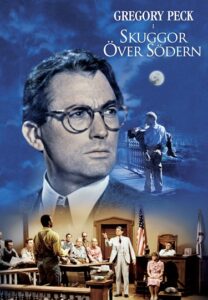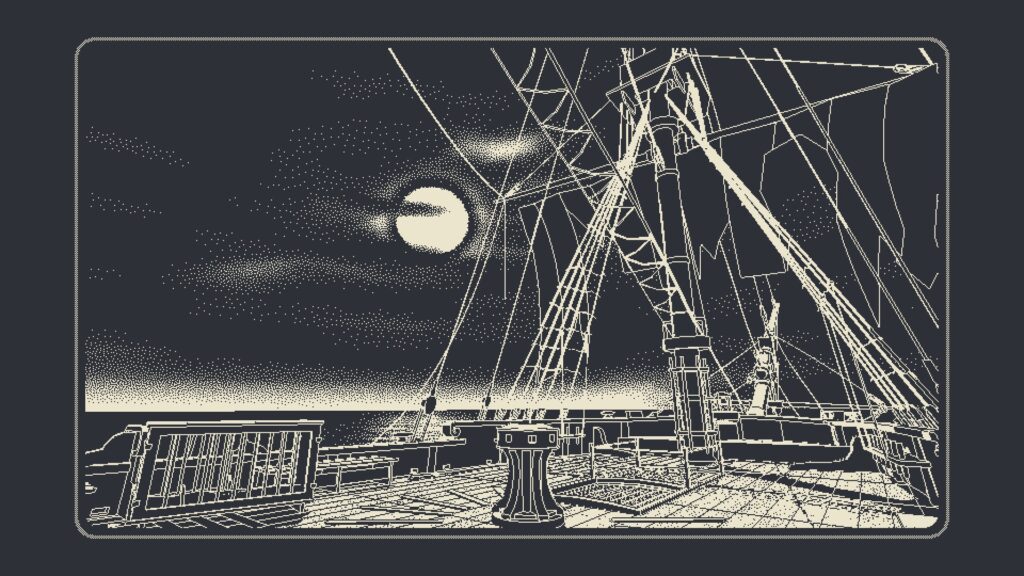Jag fortsätter att emellanåt överraskas av filmer jag ser. Den här gången var det Skuggor över södern som stod för överraskningen. Jag visste verkligen inte att det var den svenska titeln på den amerikanska filmen To kill a mockingbird, som bygger på boken To kill a mockingbird, som ju heter Dödssynden på svenska. Eftersom jag redan hade sett Robert Mulligans klassiska film gjorde det inte så mycket att tekniska problem lett till total avsaknad av ljud under halva filmen.
I Skuggor över södern får vi följa den unga flickan Scout som bor i Maycomb, Alabama, under tidigt 1930-tal. Hon har en ganska trevlig barndom med sin bror Jem och sin far Atticus Finch, en advokat. Sommaren är fylld av lekar och upptäcktsfärder, och försök att luska reda på vad den mystiske grannen Boo Radley är för en typ. I den vuxna världen får Atticus ett uppdrag att försvara en svart lantarbetare, Tom Robinson, som anklagas för våldtäkt av en vit flicka. Tom är uppenbart oskyldig, men det hindrar inte lokalbefolkningen att göra sig redo för lynchning.
Filmen är intressant för att den håller barnens perspektiv på tillvaron, så att fokus ligger inte bara på det stora otäcka utan även i det lilla. Den känns också både välspelad och ärlig, vilket förstås lett till att den i mitt tycke välförtjänt räknas bland filmiska klassiker. Den ger både en inblick i 1930-talets (där filmen utspelas) och det tidiga 1960-talets (där filmen gjordes) politiska situation, vilket faktiskt är ett intressant ämne att diskutera efter filmen.
Filmen sågs genom Kiruna filmstudio.





